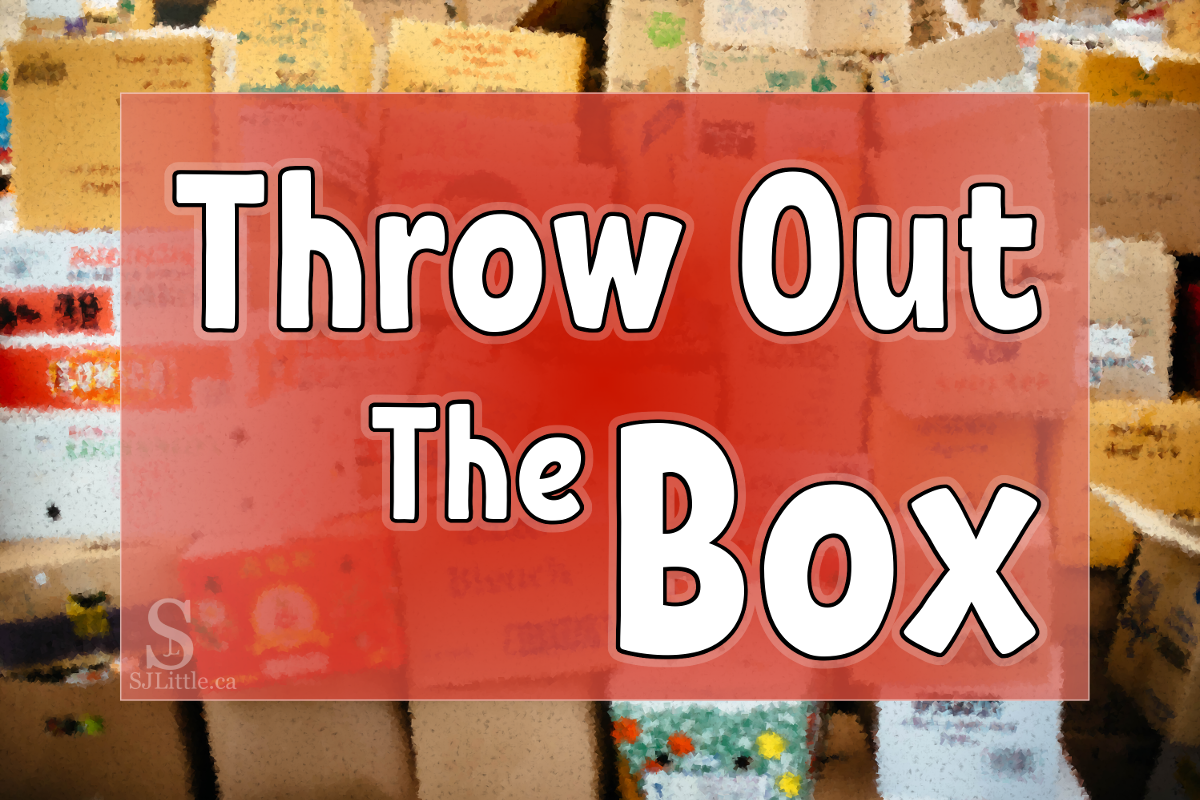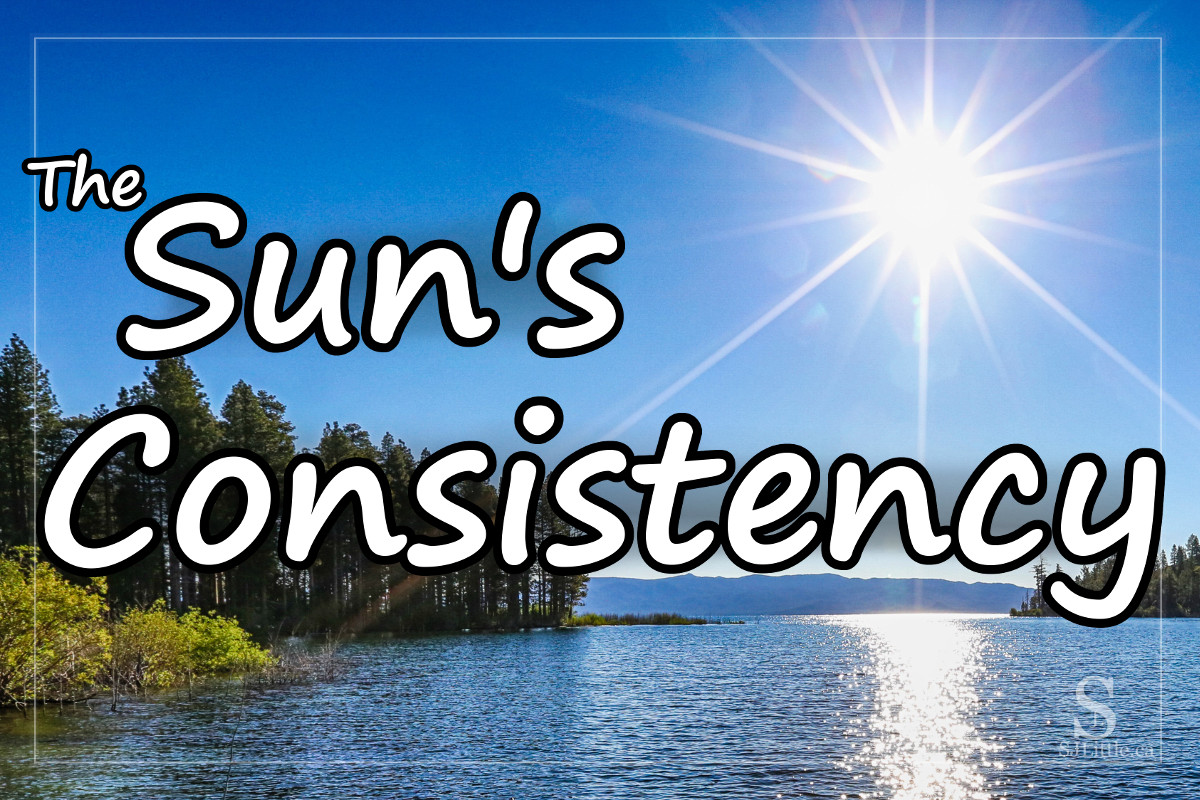
There they are, sitting in the corner of the room. Yes, they are tucked away, but still I see them. The boxes from two gifts I received recently.
Entering the living room, I settle on the couch and my eyes wander back to where they sit.
“Is it time to throw them out?” I wonder.
Both the mixer and the humidifier that came in the boxes have been opened and used. They appear to work well.
They have found homes elsewhere in my house, yet still the boxes sit there. Should I throw them out?
From the couch I convince myself that, yes, it is time to throw them out. Next time I’m standing, I will throw them out.
Still, doubt rises. I have not yet had them for 30 days. What if they malfunction and stop working? I could take them back, but I would need the box and all the packaging.
I shake my head. The boxes are cluttering up the space. The items have worked just fine. Besides, the store may not be willing to receive them back now that I’ve used them.
But, what if…
I’ll ask my husband what he thinks when he gets off work. That will settle things.
With that I push the thoughts away and turn to the task I am supposed to be working on.
— — —
That evening, I forgot to ask my husband his opinion, so the boxes stayed put.
Several times this debate took place in my head as I eyed the boxes. I didn’t like the space they were consuming, but what if…?
With the empty boxes still sitting nearby as I type, I ask the question, are there any boxes I need to throw out in my life?
For me, some of those boxes still kicking around in my head and heart might be the “that’s not how it used to be” comments.
True, there may have been good in how things used to be done. Still, holding onto those thoughts creates clutter that steals from my ability to enjoy the new ways of doing things.
An example cropped up in my life recently related to my pregnancy.
I used to be a morning person. Before 9am used to be my best time for writing. During pregnancy, however, my mind was sluggish most mornings. That’s not how it used to be, yet if I hang onto that thought too tightly, I may slip into grumbling and bitterness.
Indeed, with a new baby around, there are many changes I must embrace, and I can do it much better if I throw out the boxes.
Now, that might be a useful life principle, but I believe there is a more important box to throw out when it comes to following Jesus.
Throwing away those boxes that are sitting in my living room feels a bit risky because it is a commitment – a commitment that I will not be taking those items back for a refund. Once the boxes are gone, if one of the items breaks, it’s on me to buy a replacement.
Similarly, choosing to give my life 100% to Jesus can feel risky. What if I don’t like what He asks me to do? What if I want my old life back?
In Matthew 8:19-22 ESV, we see that Jesus wants us to be all in – no holding onto boxes.
“A scribe came up and said to Him, ‘Teacher, I will follow You wherever You go.’ And Jesus said to him, ‘Foxes have holes, and birds of the air have nests, but the Son of Man has nowhere to lay His head.’ Another of the disciples said to Him, ‘Lord, let me first go and bury my father.’ And Jesus said to him, ‘Follow Me, and leave the dead to bury their own dead.'”
Elsewhere Jesus said, “For whoever would save his life will lose it, but whoever loses his life for My sake will find it.” (Matthew 16:25 ESV)
So what about me? Am I following Jesus with my entire life, or do I cling to some boxes that are keeping me back?
Just like the boxes still cluttering my living room, it is time for me to get rid of those boxes that are hindering me in my walk with Jesus.
“Therefore, since we are surrounded by so great a cloud of witnesses, let us also lay aside every weight, and sin which clings so closely, and let us run with endurance the race that is set before us, looking to Jesus, the founder and perfecter of our faith, who for the joy that was set before Him endured the cross, despising the shame, and is seated at the right hand of the throne of God.” (Hebrews 12:1-2 ESV)
P.S. I have since recycled those boxes. My living room looks much better without them!






